Hi there! I have always loved how color can change the way a room feels. Whether it’s making a space feel warm and cozy or bright and cheerful, colors have a big impact on our everyday lives. I want to share some tips on how to use the color wheel in interior design. I hope to inspire you to create a home that reflects your personality and makes you feel happy.
The Color Wheel

The color wheel is a fundamental tool in art and design, representing colors in a circular layout that illustrates their relationships. Primary colors—red, blue, and yellow—are the foundation, from which secondary colors—green, orange, and purple—are derived through mixing. Tertiary colors result from combining primary and secondary colors, offering a vast spectrum of hues. Understanding the color wheel is essential for selecting harmonious color palettes in interior design.
Creating Color Palettes: Techniques and Methods
Creating a color palette is an essential aspect of interior design, as it sets the mood and functionality of a space. We will explore various techniques and methods to craft harmonious and visually appealing color palettes, along with practical examples and visual representations.
1. Complementary Colors:
Complementary colors are pairs of colors situated opposite each other on the color wheel, such as blue and orange. These combinations create high contrast and can add vibrancy to a room. For a lively living room, consider using complementary colors in moderation to avoid overwhelming the space.
Visual Example:

2. Analogous Colors:
Analogous colors are located next to each other on the color wheel, like blue, green, and yellow. These palettes offer a harmonious and calming environment, ideal for spaces meant for relaxation, such as bedrooms.
Visual Example:
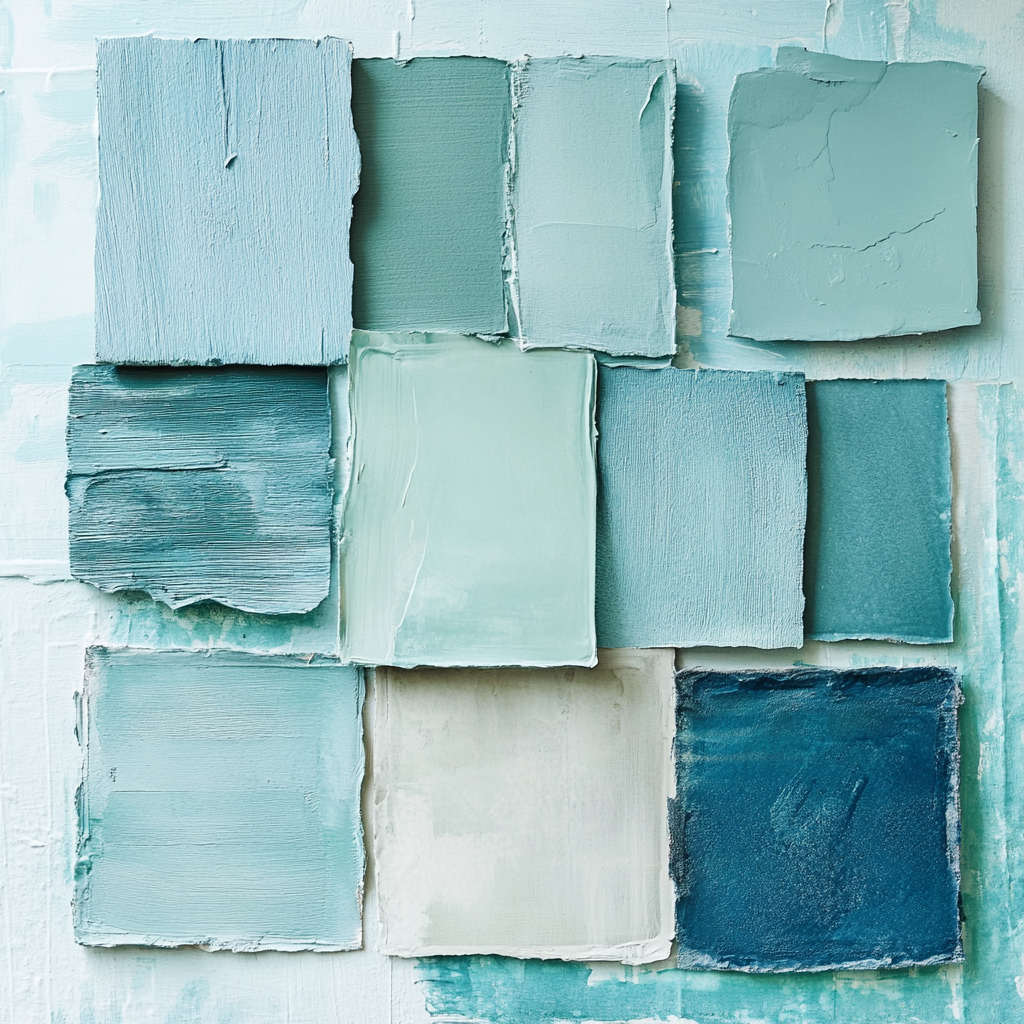
3. Triadic Colors:
Triadic palettes use three colors forming a triangle on the color wheel, such as red, blue, and yellow. This combination is vibrant and dynamic but requires balance. Use one color dominantly and others as accents.
Visual Example:
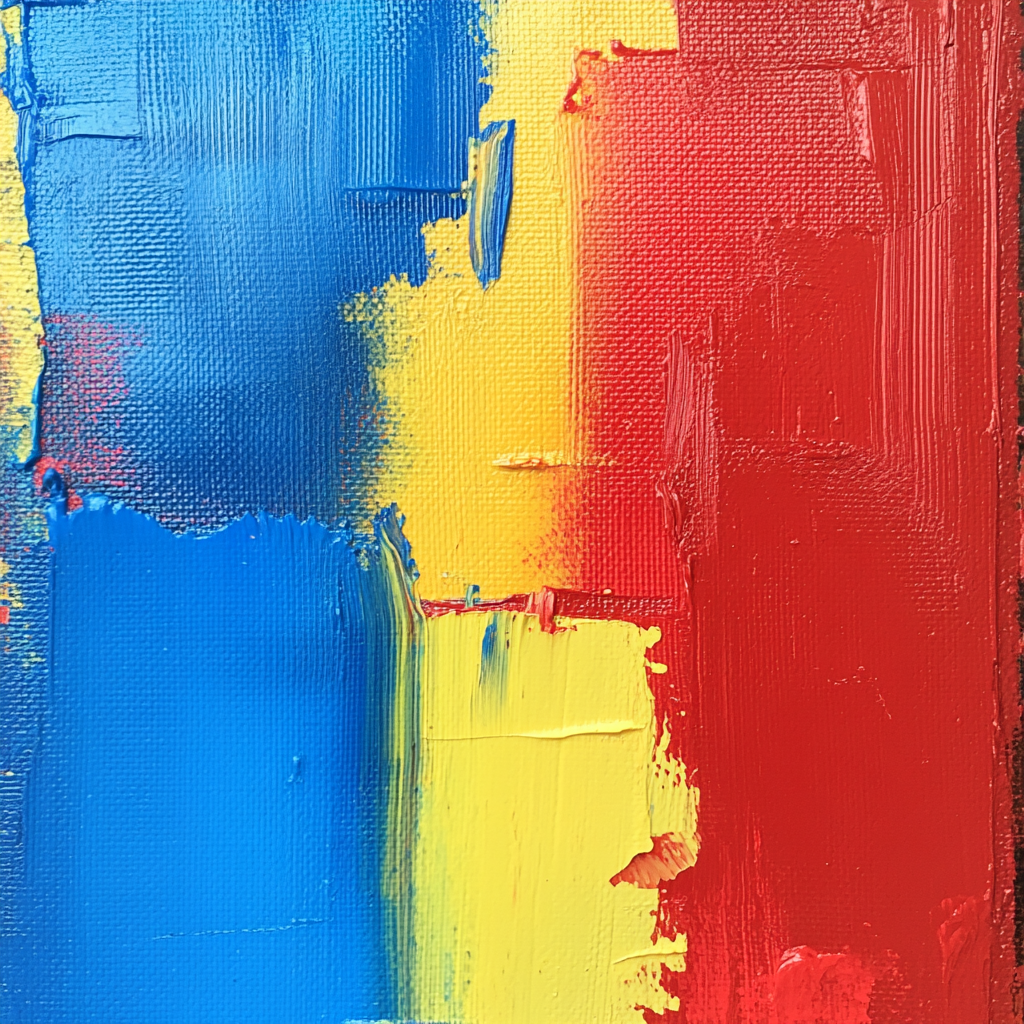
4. Warm and Cool Colors:
Warm colors like red and orange create warmth, suitable for cozy areas like dens or kitchens. Cool colors like blue and green induce calmness, ideal for bedrooms or bathrooms.
Visual Example warm tones for a Kitchen:
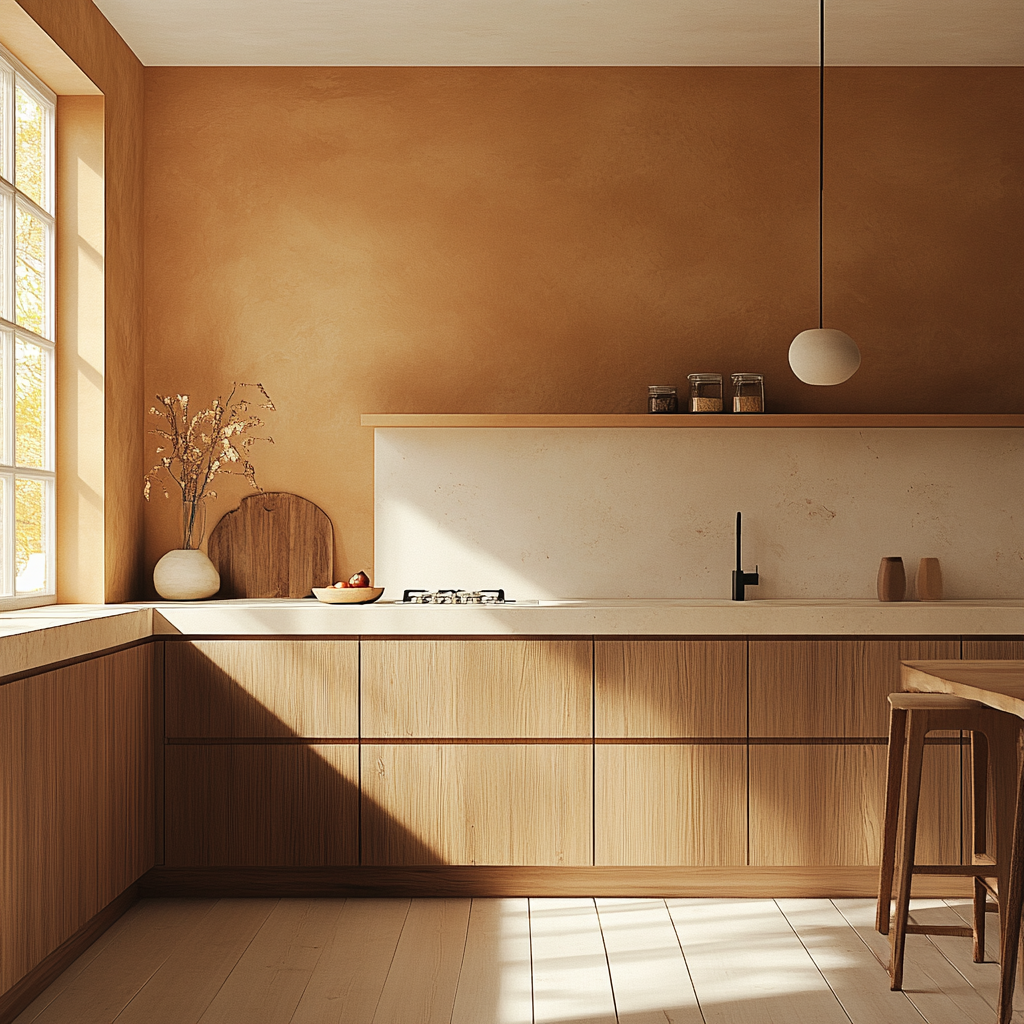
Visual Example cool tones for a bedroom:

5. Neutrals:
Neutrals, such as black, white, and gray, provide balance and let other colors stand out. Use neutrals as backgrounds to enhance the visibility of other hues.
Visual Example:
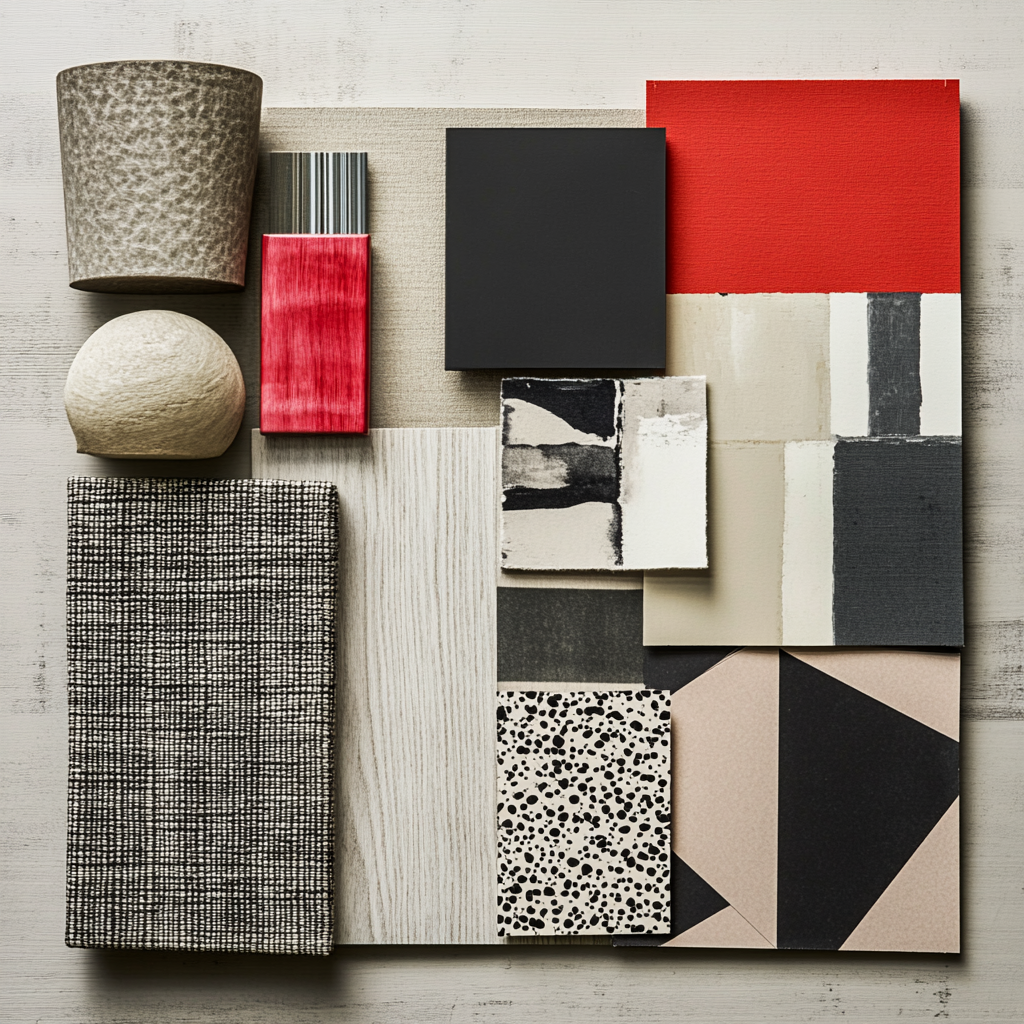
6. The 60-30-10 Rule:
Allocate 60% of the room to a dominant color (grey), 30% to a secondary color (orange), and 10% to an accent color (pink). This ensures a balanced design.
Visual Example:
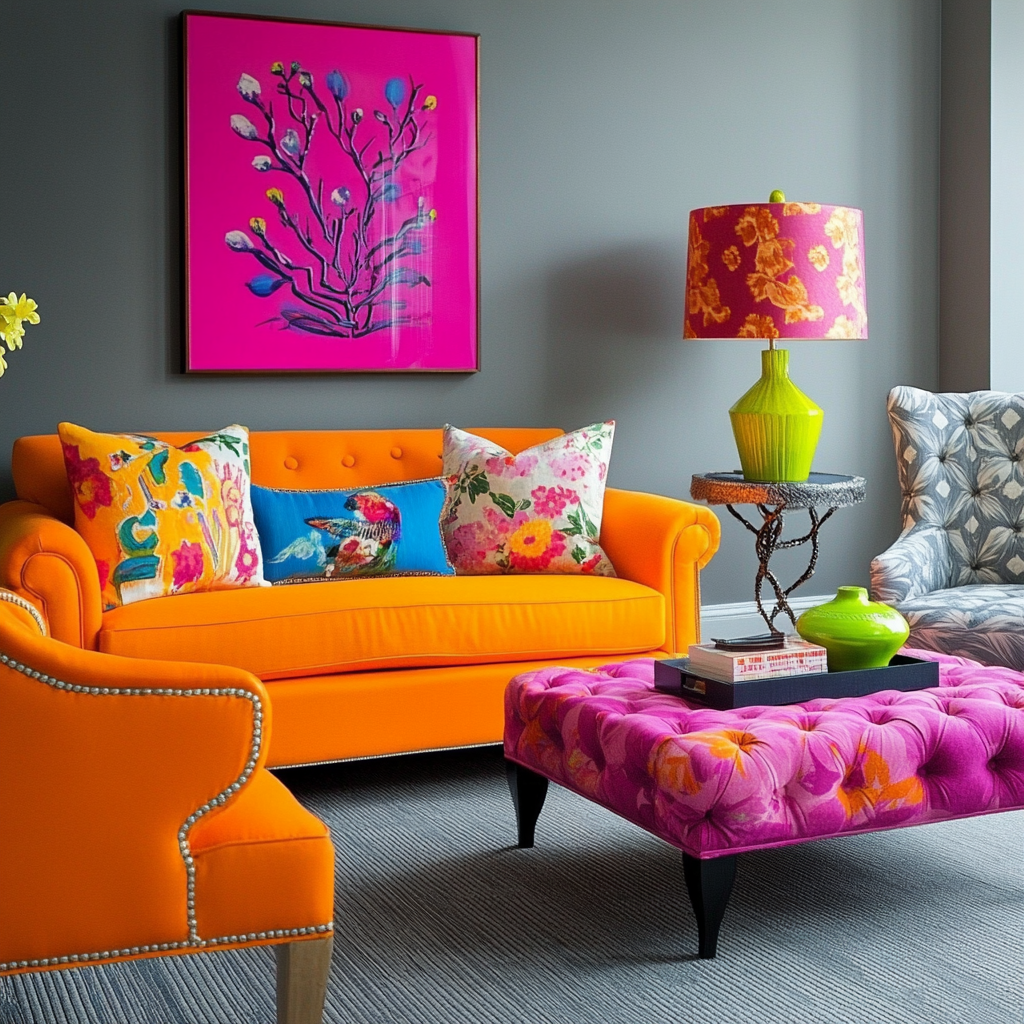
Practical Considerations:
When you are taking your first steps into interior design keep the following practical Considerations into account:
- Lighting: Test colors under different lighting conditions to ensure they look good throughout the day.
- Room Size: Lighter colors can make small spaces feel larger, while darker colors can create a cozy atmosphere.
- Psychological Effects: Understand how colors influence emotions; for instance, red stimulates excitement, while blue promotes relaxation.
- Trends vs. Timelessness: Incorporate trendy colors while maintaining a classic look for longevity.
Visual Resources and Tools:
Be sure to check out these tools below to make your life easier:
- Online Generators: Use tools like Adobe Color or Color Hunt to create and explore color palettes.
- Design Software: Tools like Sketch or Canva can help create visual representations of color palettes.
- Photography: Include real-life examples of rooms using these techniques to illustrate points.
By understanding the basics of the color wheel and how different colors interact, you can make informed choices that reflect your unique style and create the atmosphere you desire in your home. Remember, there are no strict rules—let your creativity flow and trust your instincts. Whether you’re making bold statements or opting for subtle harmonies, the key is to enjoy the process. So go ahead, embrace the colors around you, and transform your space into a true reflection of who you are!
